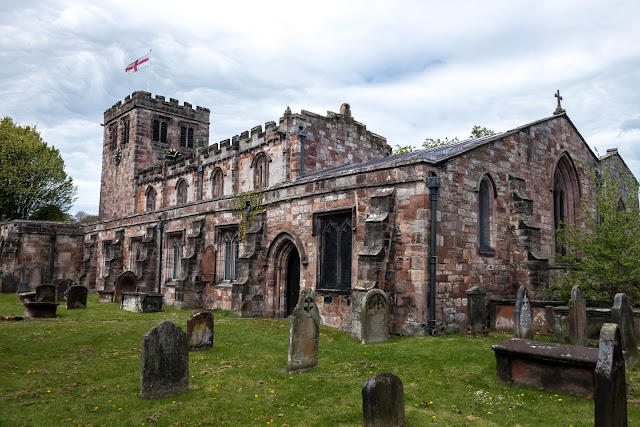Coniston Waters

Next day it was off to Broughton-In-Furness for some shopping and continue onto Coniston. Broughton-In-Furness was the town nearest to us and the obvious port of call for groceries etc. As we had to pass through it, a stop and quick look around was our first objective for the day. St Mary Magdalene's Church, the oldest fabric in the present church is the late Norman south doorway, dating from the 12th century Alterations and additions were made to the church in the 16th and the 19th centuries. So, like many English churches, not obvious which parts are really old from those reworked by the Victorians! Just a street name but when you see a name like this, the mind does wonder where it came from. The road between Ulpha and Broughton is a nightmare after the wide roads of East Anglia, although with stunning views. I suppose you cannot have it all. When we first stepped out of the car, our reaction was `where are the shops`, a short wander later and we found all...



